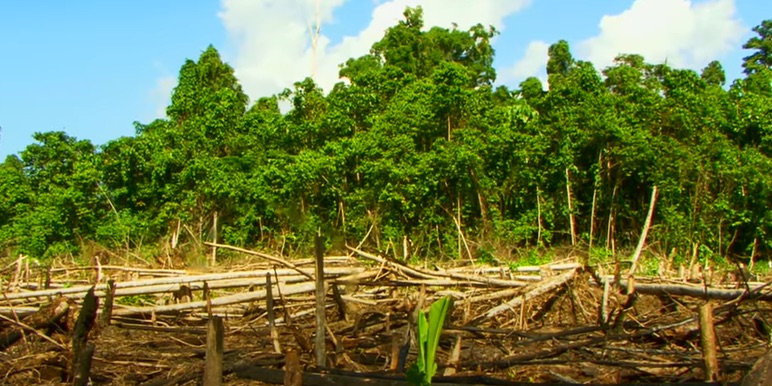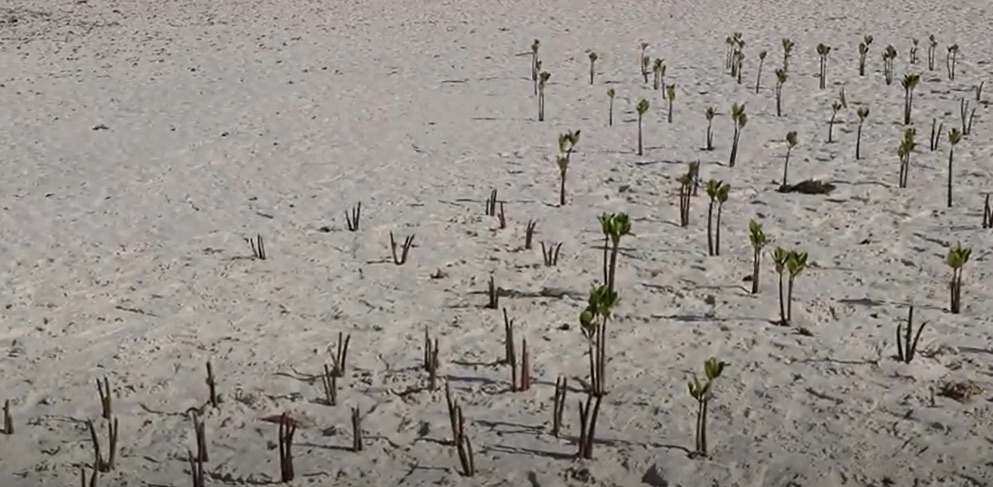From rising sea levels to the fear of coastal cities/islands going underwater, ocean acidification, temperatures to both extremes-high and cold, precipitation far less predictable, any aspect of nature for that matter getting unpredictable are all signs of Climate Change. The basic fear of survival drives our policies on Climate Change mitigation and adaptation. It is notable that most of the countries now contribute some share of the national budget on Climate policies and Climate change programs. It has now become a forefront conspicuous facet that Climate change experts and Public finance officials must share knowledge of each other’s work for better policies.
Why do Climate Change Policies require a share in the National budget?
Let’s give ourselves a moment. Let’s list every aspect that’ll be affected by climate change. Let’s take rainfall in this case. It is based on annual rainfall that we plan our watershed management, agricultural projects, etc. The temperatures drives energy demand. Not to mention public health systems and infrastructure projects. It is high time that we notice that it is not just content for content writing, webinars and campaigns. And yes! Countries have recognized and acknowledged the significance and that is why they have a crucial contribution from budget planned for it.
Adaptations and Mitigations by Government bodies:
Let’s look into a few measures by asia pacific countries to counter climate change.
- Bus Rapid Transport System in Jakarta:

This public transport system furnished for 12.9 km reduces 120,000 tons of CO2 annually by serving 39 million passengers is a mitigation project inspired by the Bus Rapid Transport System from Bogota and Curitiba, South America.
- Forest Management in Indonesia:

Understanding that deforestation and degradation of forests contributes to the massive release of sequestered carbon which is an issue of great importance to be addressed. Given in a country like Indonesia that accounts for the 3rd largest tropical forest area in the world. The country also accounts for the highest deforestation rates. The Governing body has started promoting and exercising sustainable forest management. It targets not only the economy and livelihood facets but also serves as a Climate mitigation plan.
- Mangrove seedling plantation by Kiribati:

Threatened by rising sea levels, the republic of Kiribati in the Central Pacific region has taken to adaptation as the policy priority. Kiribati Adaptation Program Phase 2 planted mangrove seedlings across the coast. It safeguards against coastal erosion and serves additional benefits such as the provision of extra food, buffer role to storm surges and much more.
Now that we’ve covered a few mitigation/adaptation climate policies that governments have opted. It’s time to get to know what is the role of a government official in these policies. Or does it even affect the job of a government official?
Taking the above-given examples requires planners, finance officials to understand the relevance of climate change to their measures of mitigation/adaptation to make a noteworthy impact and make lives better for the inhabitants.
Every decision by the government official affects climate change and vice versa. For example, if you are an official in the Ministry of Transport, the intensive and increased duration of rainfall patterns affects your infrastructure planning. At the same time, your decisions and investments on road development and public transport will have a direct impact on GHG emissions.
Climate Finance:
- International Public Finance:
It is the financial flows from developed countries via bilateral, regional and multilateral channels to the developing nations.
- Private Investments:
National and International Private investments were the highest contributors to climate finance accounting for 58% of the total investments in 2013.
- National budgets:
Through National budgets, developing countries are acting on regional climate change policies.
Managing and harmonizing International and National Public finance, International and National Private finance is crucial and challenging to make much and better out of the financial flows.
Climate Public Expenditure and Institutional Review:
Incorporating climate finance in national budget and expenditures will help us aligning the cash flows. International/national public finance and International/national privates finance flows into the country’s budget could be aligned and wastage/duplication could be avoided.
Hence countries carry out a diagnostic exercise to clearly learn the links between national budget, expenditures and climate finance named Climate Public Expenditure and Institutional Reviews (CPEIRs).
Through CPEIRs:
- We can assess our policy strategies and policies related to climate change.
- Attain distinctive knowledge of institutions involved in managing climate finance.
- Quantification of climate change-related expenditure in the National budget.
From the above, a country will be able to seek entry points for climate finance in their budgets for maximum impacts. It also helps the government to look at climate finance on the revenue side of the budgets too, for example, carbon revenues.
With these, we’ll be able to come up with an effective framework of climate finance as we integrate the international public finance and private sources of climate finance with the national budget. And also by involving possible stakeholders inside and outside the government and taking accountability in climate finance.
Providing you a glimpse of Climate finance and how government officials in any ministry like energy, agriculture, environment, transport can affect climate change. It is high time that climate experts and Government body officials should work alongside for the longer and better run for survival.

References:
1) https://www.c40.org/case_studies/a-129-km-bus-rapid-transport-system-built-in-just-9-months-at-a-cost-of-2-millionkm
2) https://www.youtube.com/watch?reload=9&v=Fia4RxqU4Sk
3) http://www.climate.gov.ki/2011/01/06/kiribati-gets-37000-new-mangroves/
4) https://unccelearn.org/

